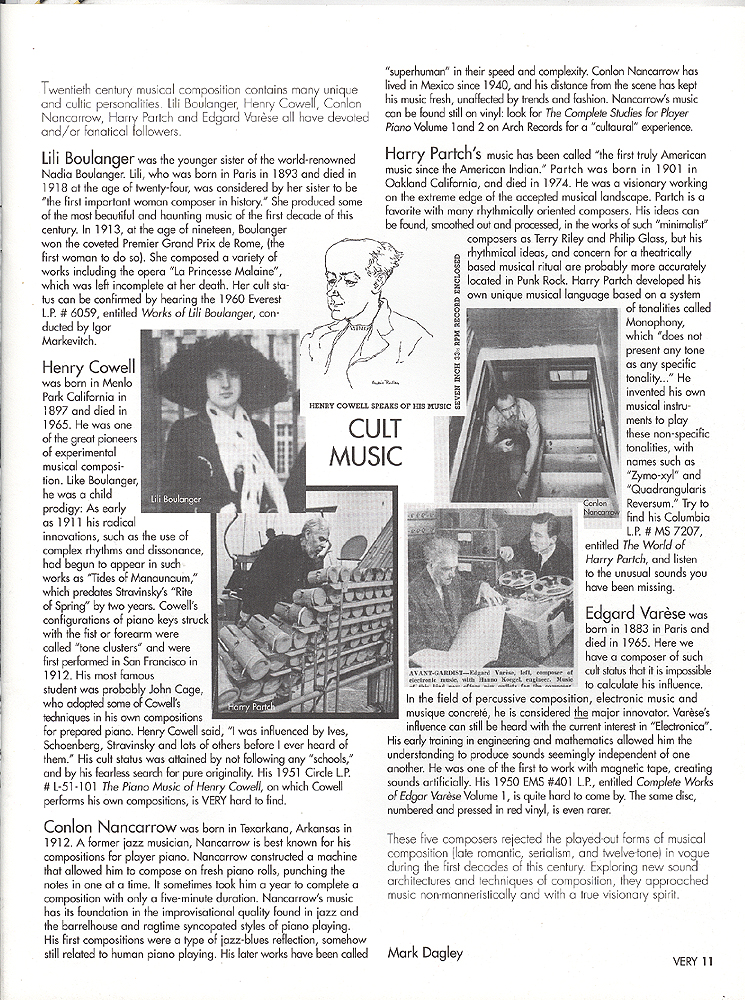
Another Term For Serialism
Another Term For Serialism Average ratng: 4,4/5 6898 reviews
In music, serialism is a technique for composition that uses sets to describe musical elements, and allows the manipulation of those sets. Serialism is often, though not universally, held to begin with twelve-tone technique, which uses a set of the 12 notes of the chromatic scale. Donlwoad lagu mashabi mp3. The musical use of the word. Serialism definition: (in 20th-century music) the use of a sequence of notes in a definite order as a. Webster's New World College Dictionary, 4th Edition.

Serialism music began with Arnold Schoenberg’s twelve-tonetechnique. He was unable to give details and describe the process; neverthelesshe did not doubt its correctness. What is fascinating however is that he workedpartly by trial and error so the end result was unpredictable. This iscomparable to John Cage’s music where he did not have a melody or structure inmind, but rather a technique or process in which he followed. Though he usedrecorded everyday sounds instead of typical instruments, he also used graphsand randomized dots to compose music. He wanted to remove the composer’s handin the composition, in terms of the creativity and originality of each song.Instead, both composers focused on an original method to produce an array ofsongs. The randomization in the process is evident in the final product and asa result, was viewed as alien.
On some levels, serialism is the complete opposite of minimalism.This is due to the fact that minimalism mainly utilizes repetition andserialism cannot repeat pitches until all the pitches have been used. Like inother forms of music, composers are faced with the challenge of following a setof rules that define that type of music. In minimalism, each piece isrestricted to a structure of chords and must stick to those notes. In order tomake the song unique, it is chopped up and rearranged in different ways and ishighly repetitive. In contrast, serialism is not restricted, but ratherchallenged to use every pitch and does not really utilize tempo or differentarrangements to make each piece unique. Since it is more random, the endresults always vary. Another way serialism is different from minimalism, isthat the former is connected to atonality whereas the latter uses tonalharmony.
Atonality was similar to serialism in that it did notemphasize a single pitch. It disregards traditional tactics and no pitch hasmore importance than another. Serialism simply takes this a bit further byusing a series of pitches, and they cannot be repeated until the others havebeen used. On paper, this seems practically impossible but was done withmathematical permutations. Therefore, serialism and atonality are intertwined.
Serialism and atonality are also unique in that they cameabout to advance music. Originality wasrequired at a higher level than anything we’ve covered before because composersaimed not only to contribute but also to enrich and music. They did not composeto express themselves or tell stories but rather to change and evolve music ofthe time. Therefore, composers did not rely on having audiences but rather onthe support of academic institutions.Thesecomposers have studied at top institutions and emphasized the importance ofeducation to be successful. This may be due in part because the music of thistime required much more than an original melody and story or a catchy beat.Serialism and atonality pushed the limits of accepted music. It required trialand error and techniques. The challenges faced by these composers wereunprecedented. It was highly competitiveto make a career and they all competed for foundational instead of commercial support.